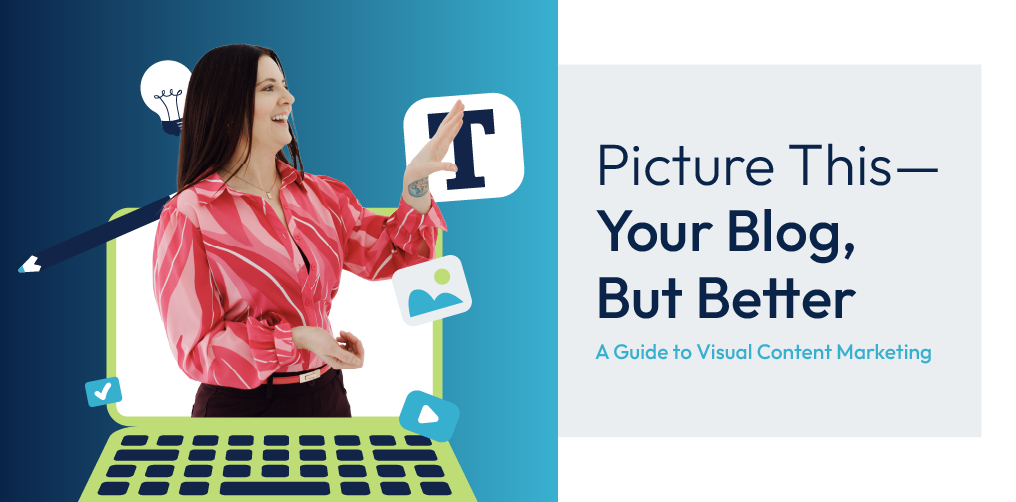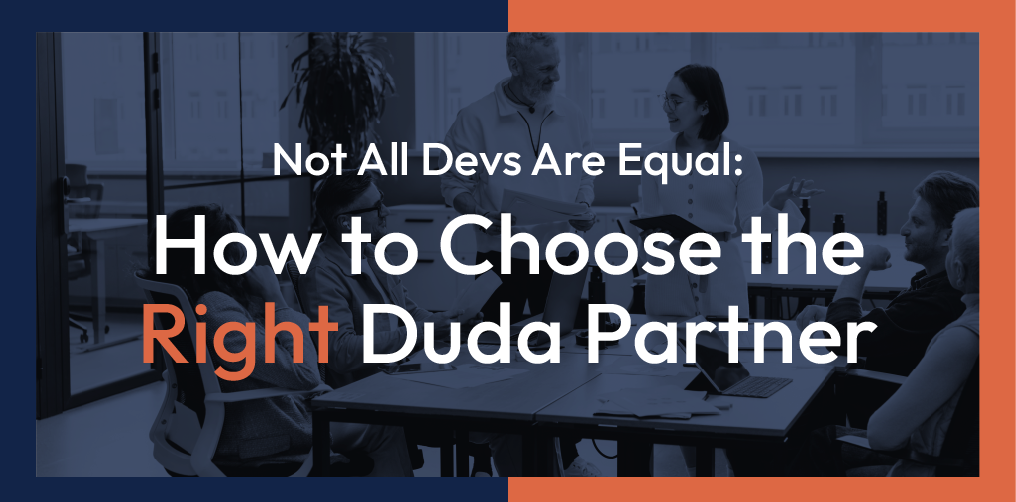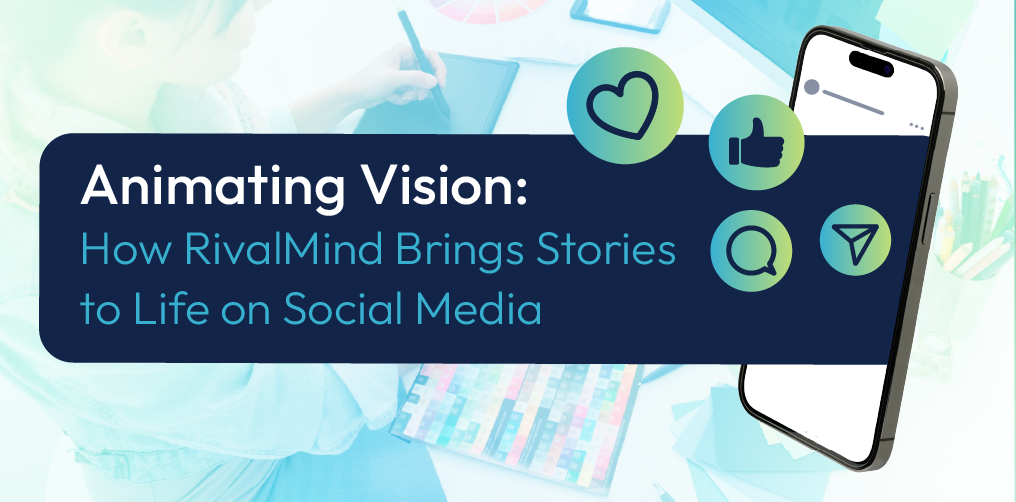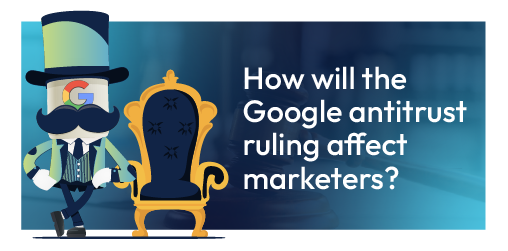Picture This–Your Blog, But Better
Visual Content Marketing Strategy for SEO
At its best, a visual content marketing strategy is more than adding “a few pictures.” It’s using purposeful design, like infographics, charts, and data visuals, to make complex ideas easier to digest, harder to ignore, and more likely to be remembered.
More than that, however, visuals are functional. They improve comprehension, yes, but they also drive results. Search engines reward content that meets intent with speed and clarity, and visuals help deliver both. When crafted with care, they reduce bounce rates, increase shareability, and attract backlinks from sources that matter. They serve both the reader and the algorithm without compromising either.
So, on the surface, it’s design. But underneath, it’s structure, strategy, and storytelling working together.
Still, successful great visual content marketing requires direction. From the type of visuals used to how they’re optimized and where they’re placed, every design choice should serve a larger strategy. They should be built to rank, built to convert, and built to scale.

Key Takeaways:
1. The Power of First Impressions:
Visuals stop the scroll and shape how your content is experienced. Infographics are tools that lead to decisions.
2. SEO Meets Aesthetics:
Search engines reward content that’s clear, fast, and relevant. Optimized visuals help keep users on the page longer, which reduces bounce rates and drives organic traffic.
3. Why DIY Isn’t Always Enough:
Scattered or mismatched visuals erode trust. Cohesive, on-brand design signals professionalism and purpose.
4. Future-Proofing Your Content Strategy:
As platforms evolve and attention spans shrink, content strategies must prioritize clarity, speed of understanding, and strong visual storytelling.
The Rise of Visual Content in Digital Marketing
How Visuals Shape What We See, Understand, and Remember Online
Information moves fast. Attention moves faster. For brands trying to build awareness, educate, or convert, the first few seconds matter most. Text-heavy content can work, but it asks more from the reader.
Visual content reduces that ask. Readers understand more in less time, and that leads to higher retention and more meaningful engagement.
Brands that invest in visuals find themselves creating a visual shorthand that acts like branding and improves visibility in search and social. They communicate more effectively. And when messaging lands faster, conversions follow.
We're glad you're enjoying this article!
Unlock exclusive insights—reserved just for you.
Get the full guide by signing up for our free newsletter today.
📩 Subscribe now and gain access to expert strategies, industry trends, and actionable SEO insights straight to your inbox.

Meet the Author
Jessica Goodrum
Marketing Director
Jessica Goodrum is the Marketing Director at RivalMind, responsible for brand management, marketing, social media, and networking. With over a decade of experience in digital project management, Jessica has a proven track record in driving business growth through innovative marketing strategies. She oversees the direction and success of RivalMind's marketing efforts and collaborative relationships, always striving to create authentic connections and deliver exceptional results. Jessica’s management philosophy is rooted in transparency, and clearly communicating project goals and the necessary steps to achieve them is a top priority.
Specialties: Brand Management, Media Relations, Keeping It All On Task
Looking for more organic website traffic?
Welcome to RivalMind. Our purpose is to help your business thrive. We are a digital marketing agency that offers SEO, PPC, Web Design, Social Media and Video Solutions as tools to our clients for online business development and growth.
Contact us today to get started!
Blog Contact Form
Connect with Us:




